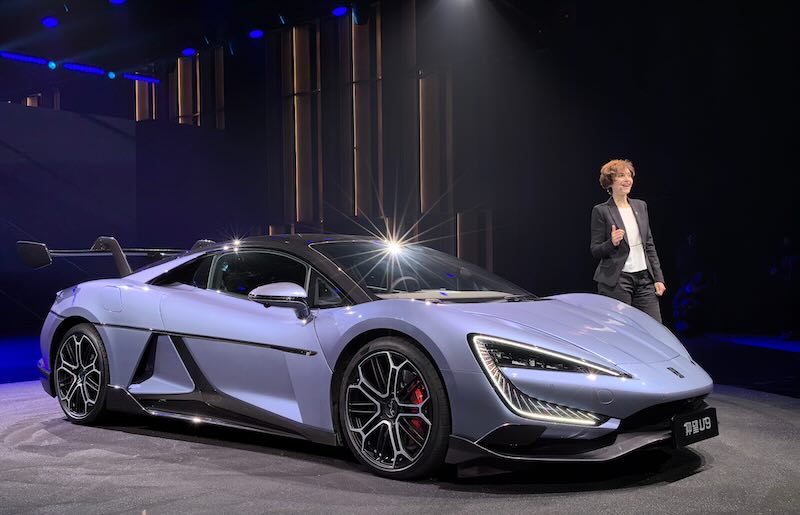China’s new energy vehicle (NEV) sector has achieved a historic milestone. July 2024 marked the first time NEVs surpassed traditional fuel vehicles in sales, capturing over 50% of the market share.
The China Passenger Car Association (CPCA) has released preliminary data revealing a complex landscape in the passenger car market. While overall retail sales experienced a slight dip, the NEV segment demonstrated remarkable growth.
Paul Graham: China’s EV Ascendance Is “The New Order of Things” for Autos
From July 1 to 31, total passenger car retail sales reached 1.729 million units, representing a 2% year-over-year decline and a 2% decrease from the previous month. Year-to-date figures, however, show a 2% increase, totaling 11.568 million units.
In stark contrast to the broader market, NEV retail sales soared to 879,000 units in July, marking a impressive 37% increase from the previous year and a 3% rise from June. The year-to-date NEV retail sales have reached a staggering 4.991 million units, up 34% year-on-year.
The wholesale market paints a similar picture of NEV ascendancy amid overall market fluctuations. While total passenger car wholesale declined by 5% year-on-year to 1.956 million units, NEV wholesale surged by 30% to 955,000 units.
The most significant statistic from July 2024 is the NEV market share, which reached an unprecedented 50.84% of retail sales. This milestone signifies a fundamental shift in consumer preferences and industry direction.
This tipping point raises questions about the future of traditional combustion engine vehicles in China. As NEVs continue to gain traction, supported by government incentives and improving technology, the industry landscape is poised for further transformation.
Chinese automotive market has clearly charged ahead, with NEVs now leading the pack. As this electric revolution unfolds, it will be crucial to monitor how traditional automakers adapt and how infrastructure development keeps pace with this surge in electric mobility.
